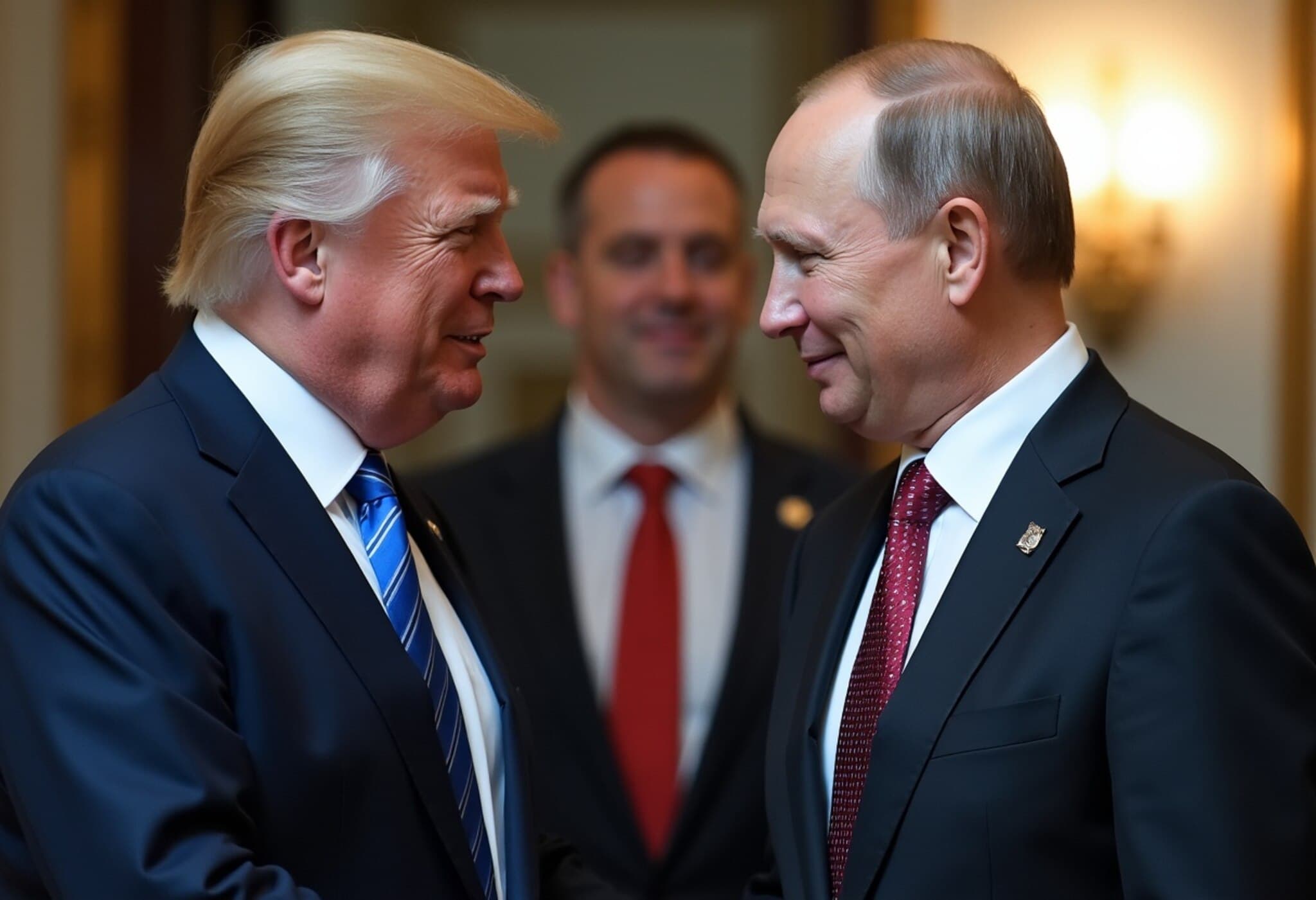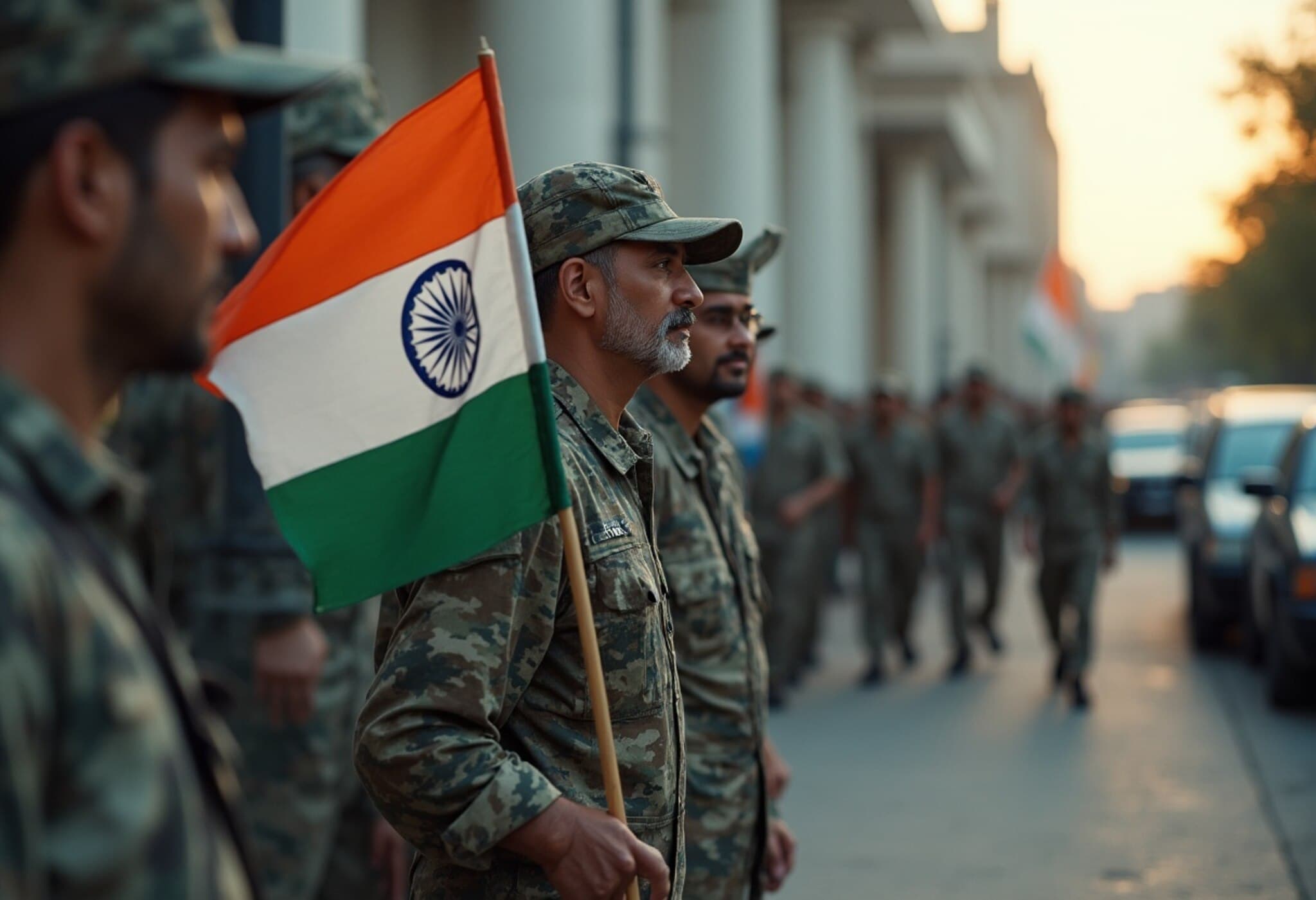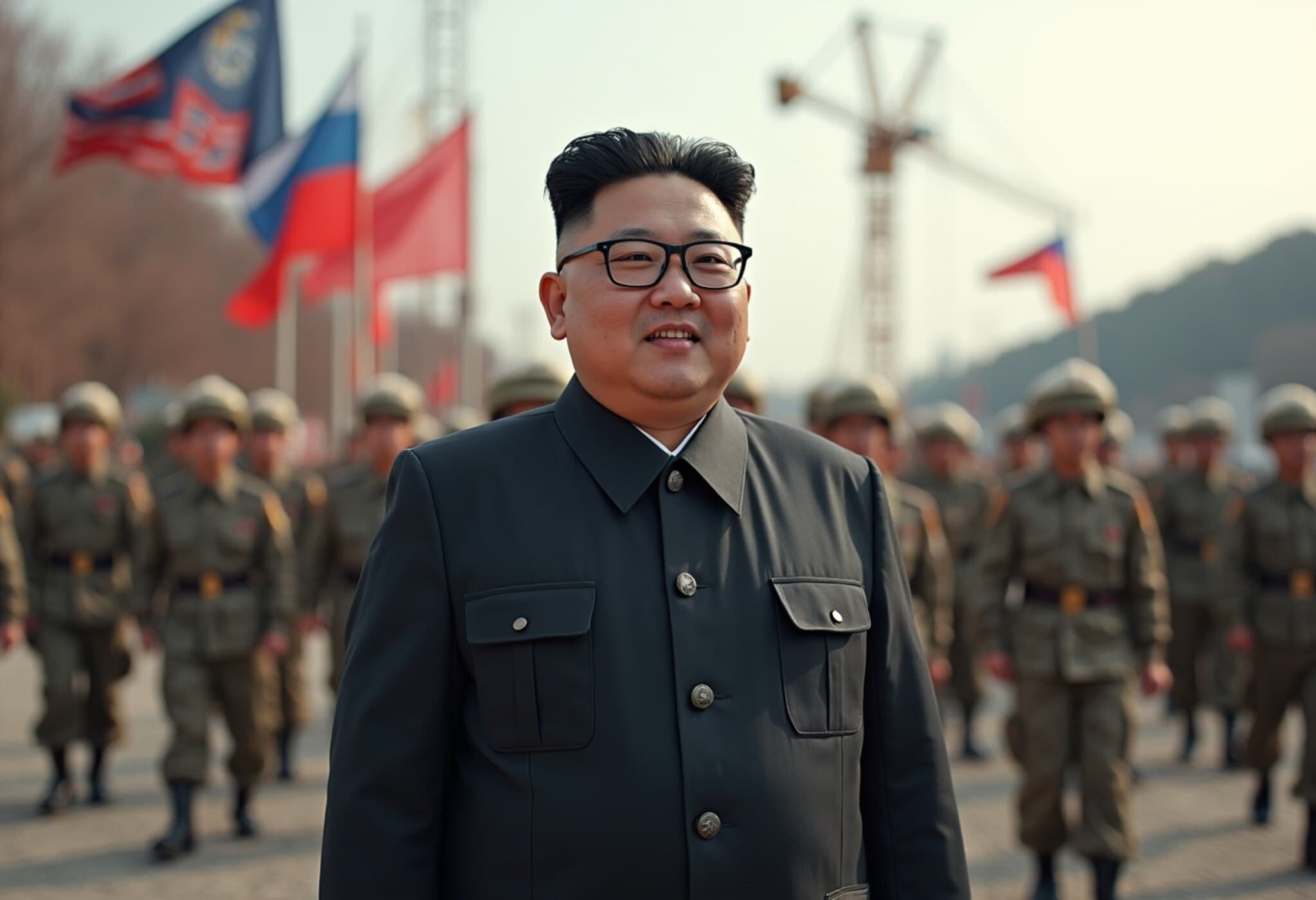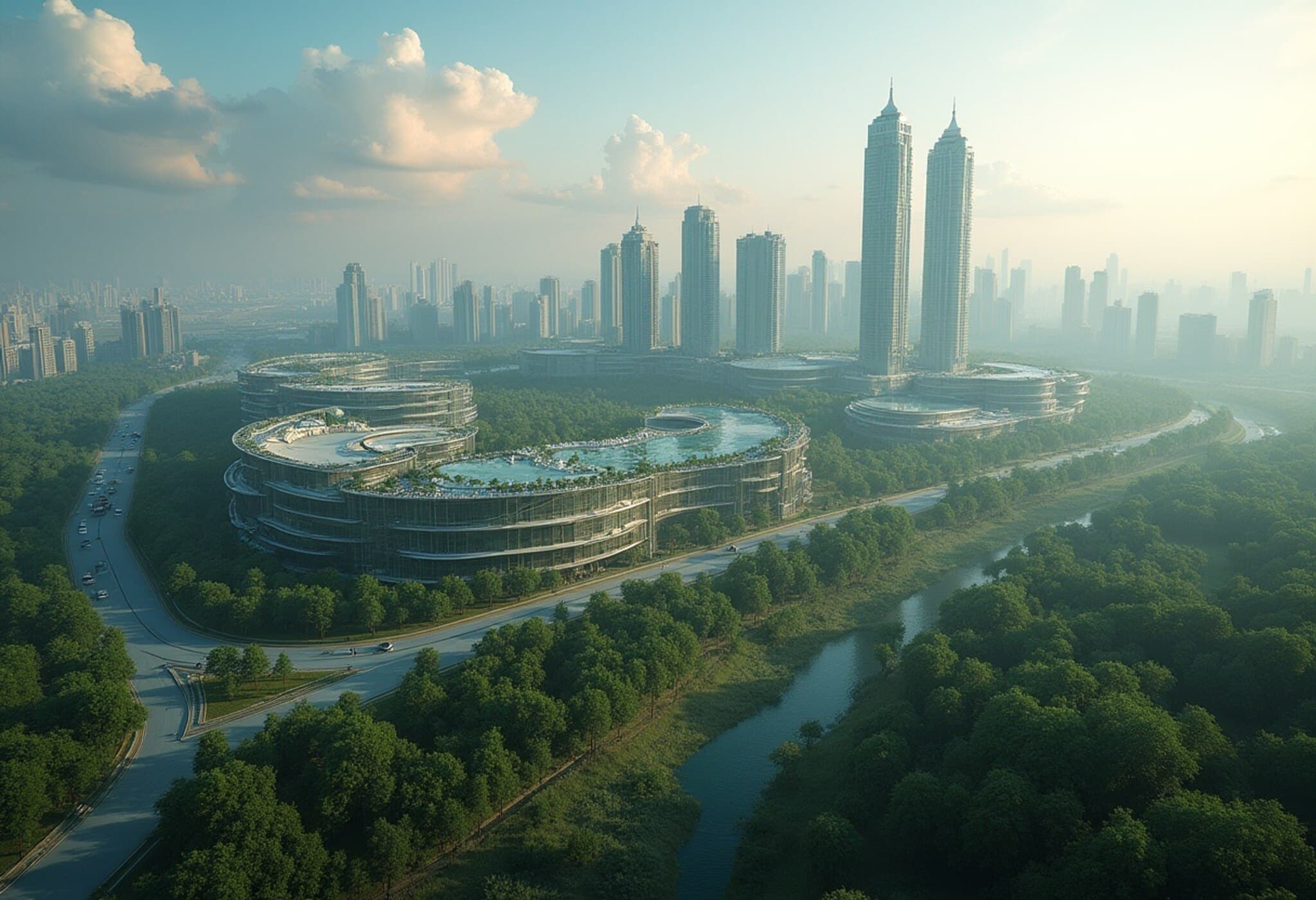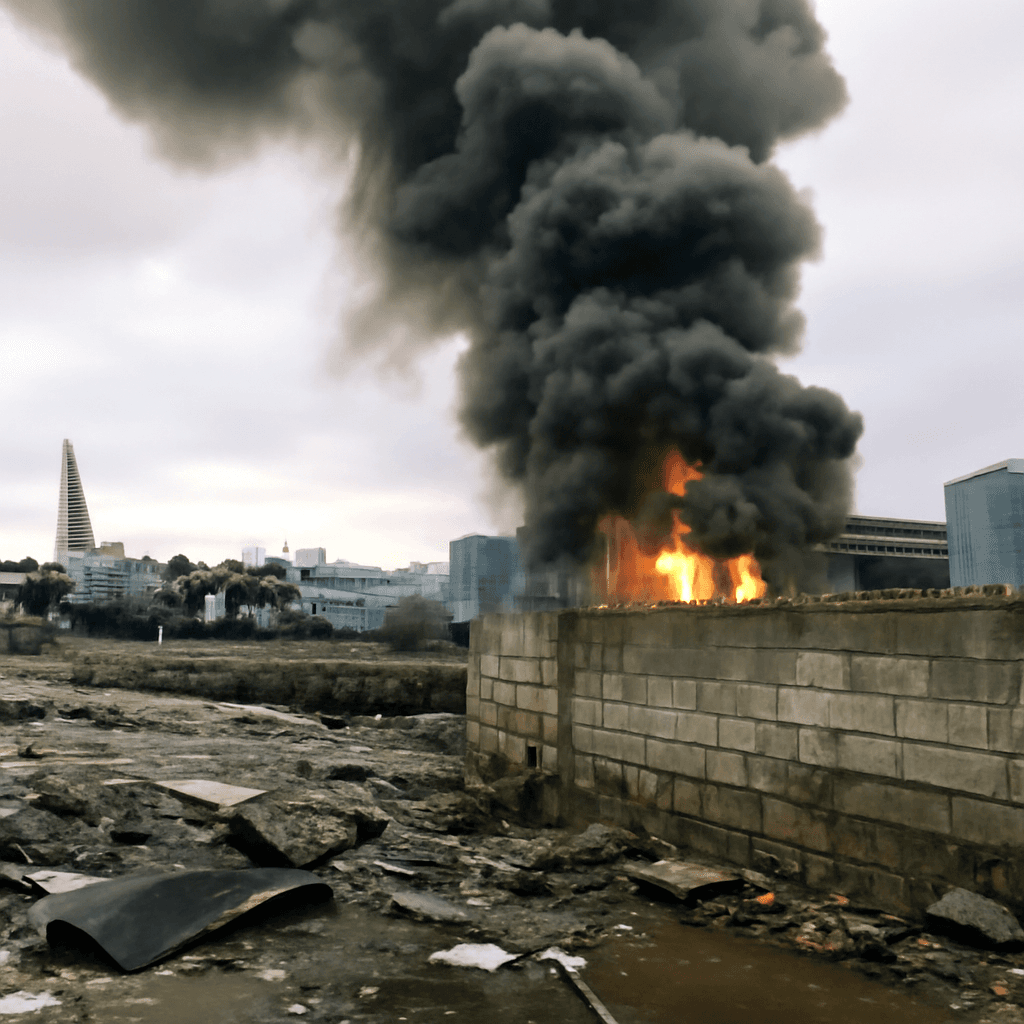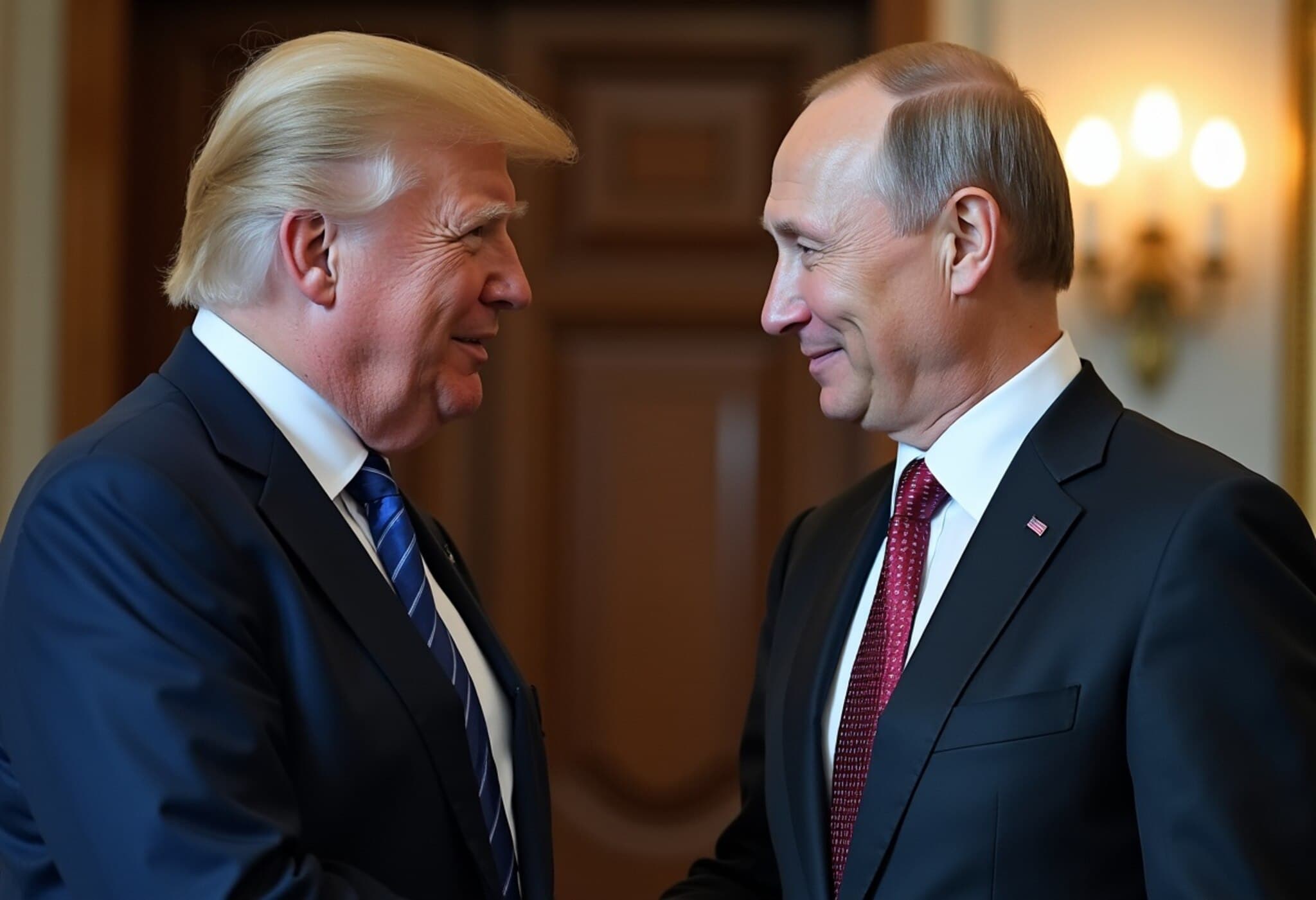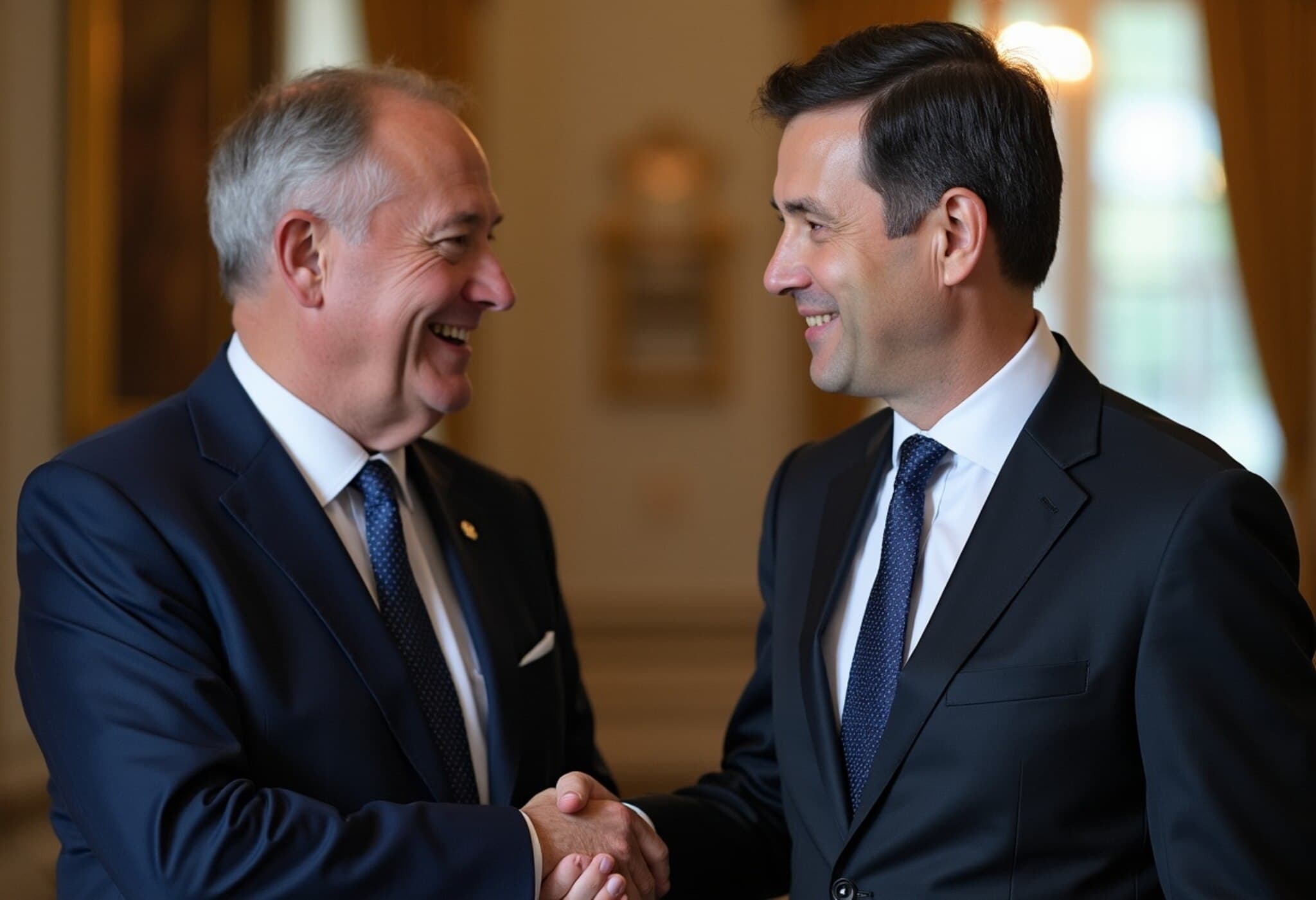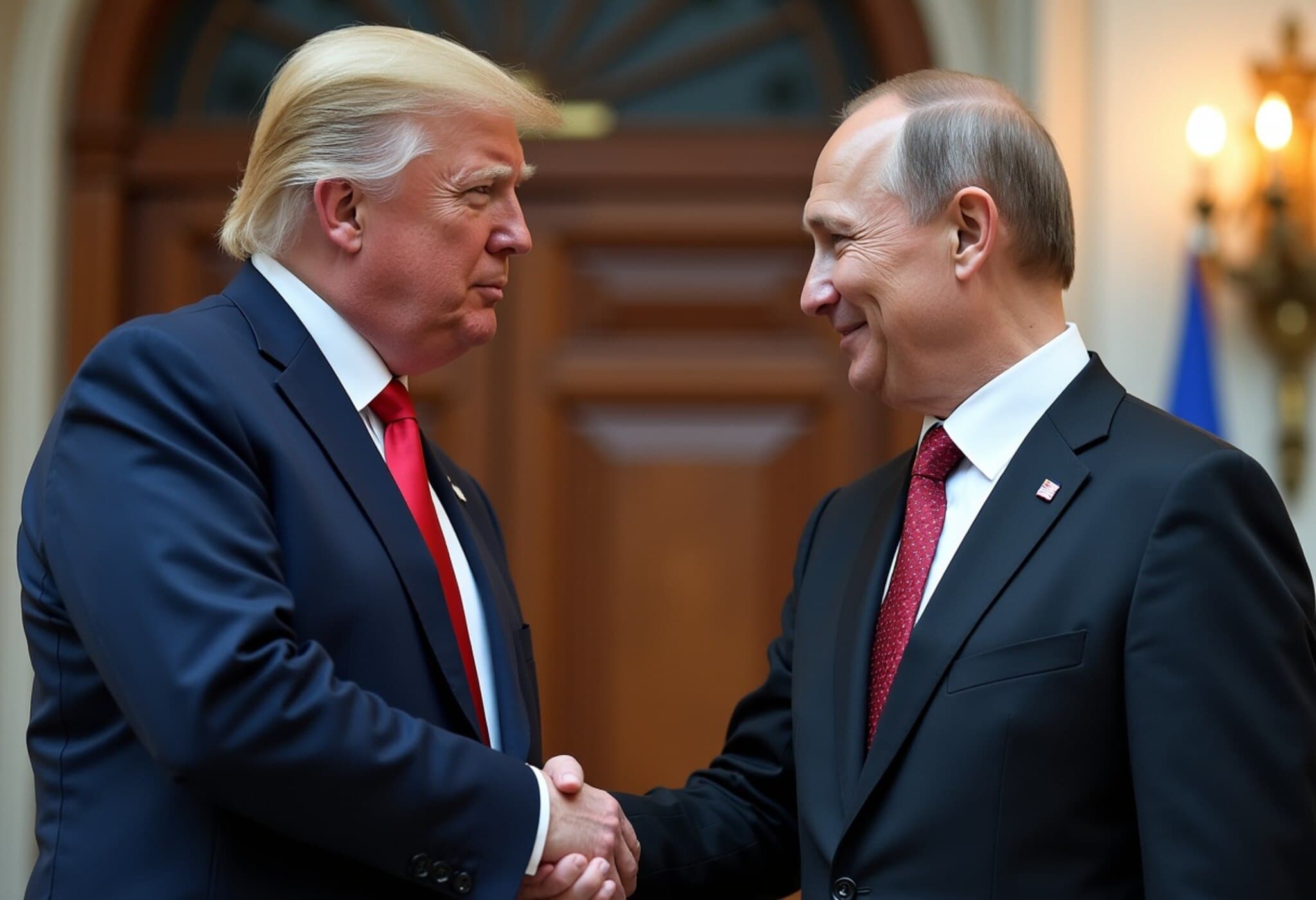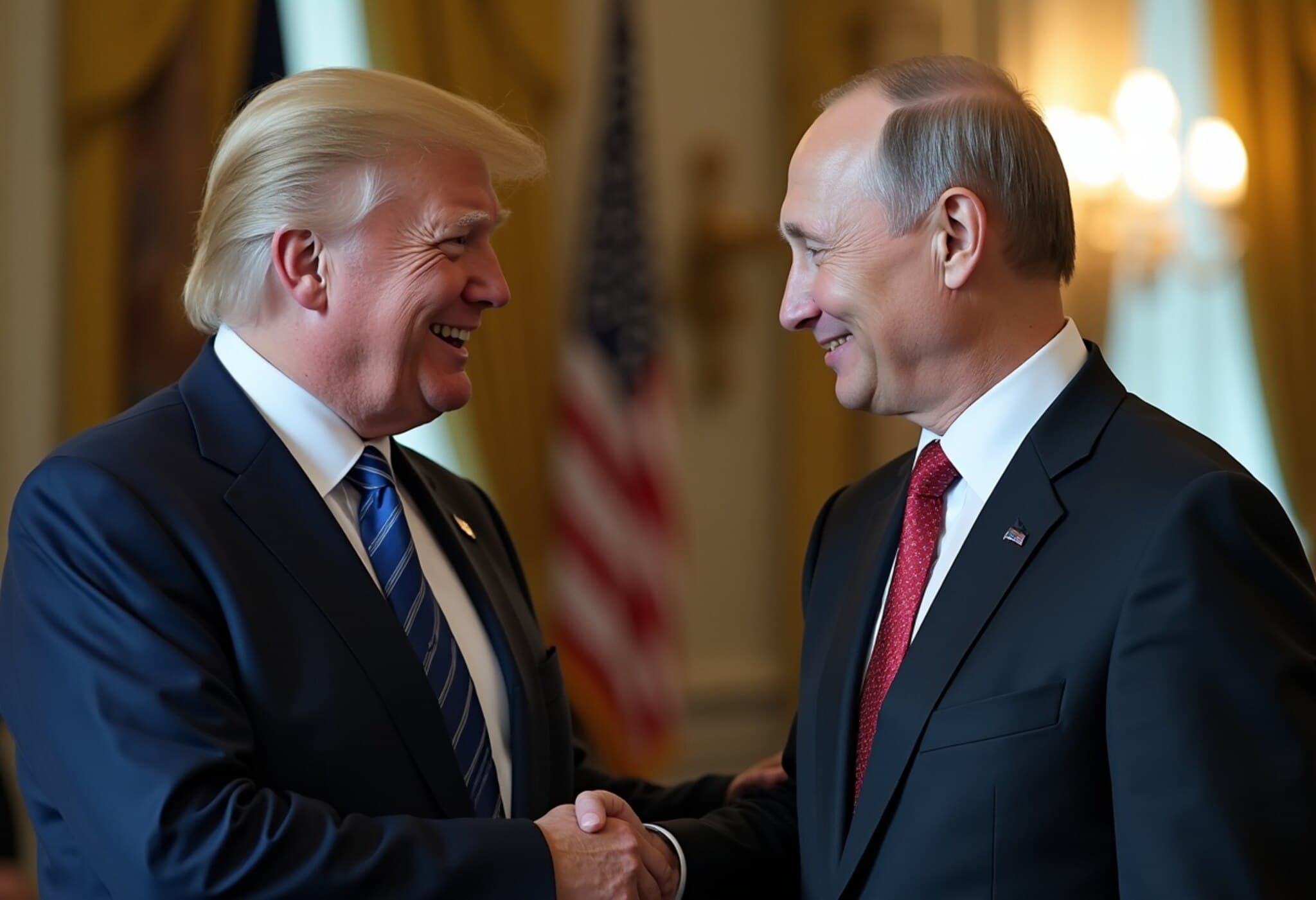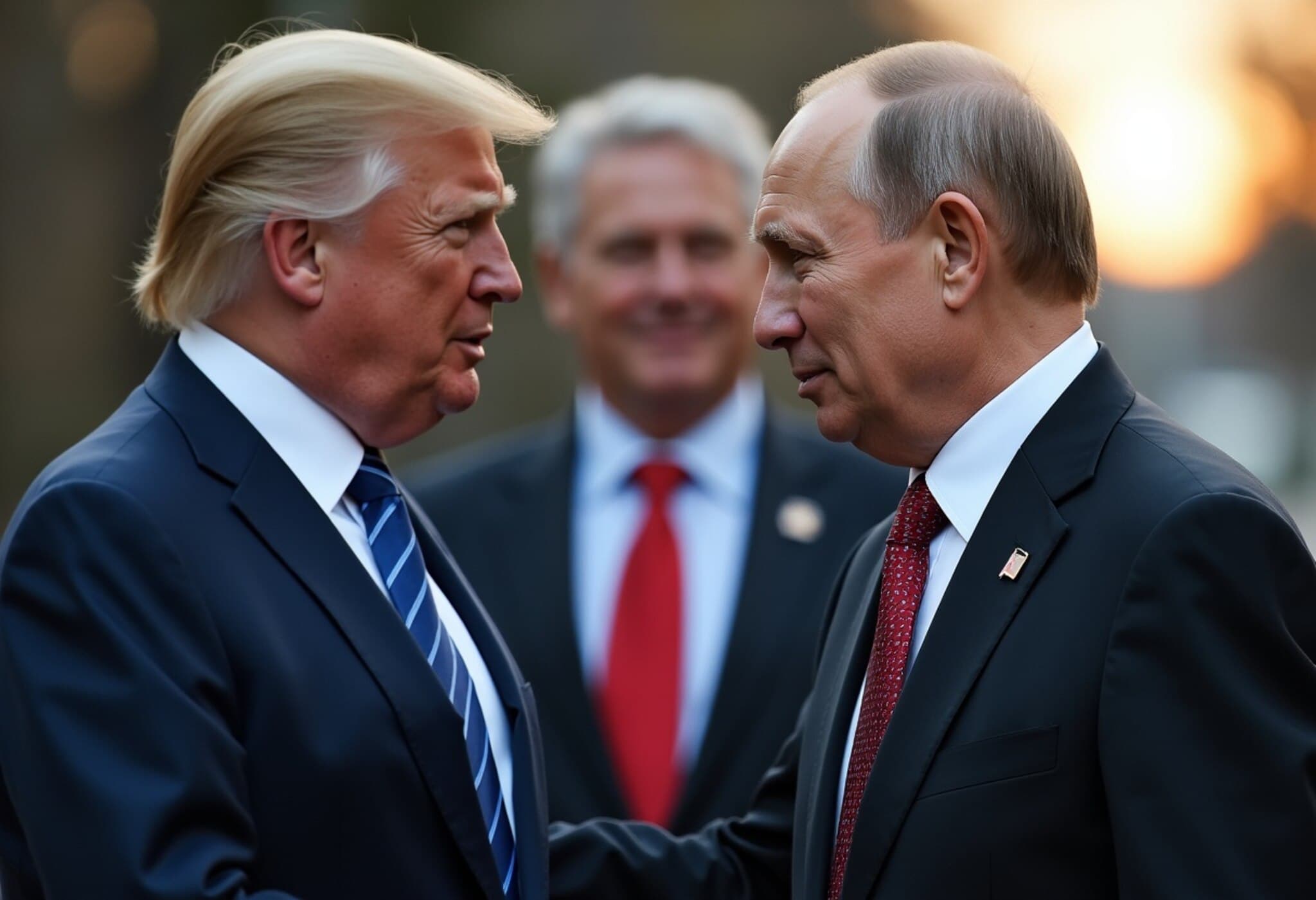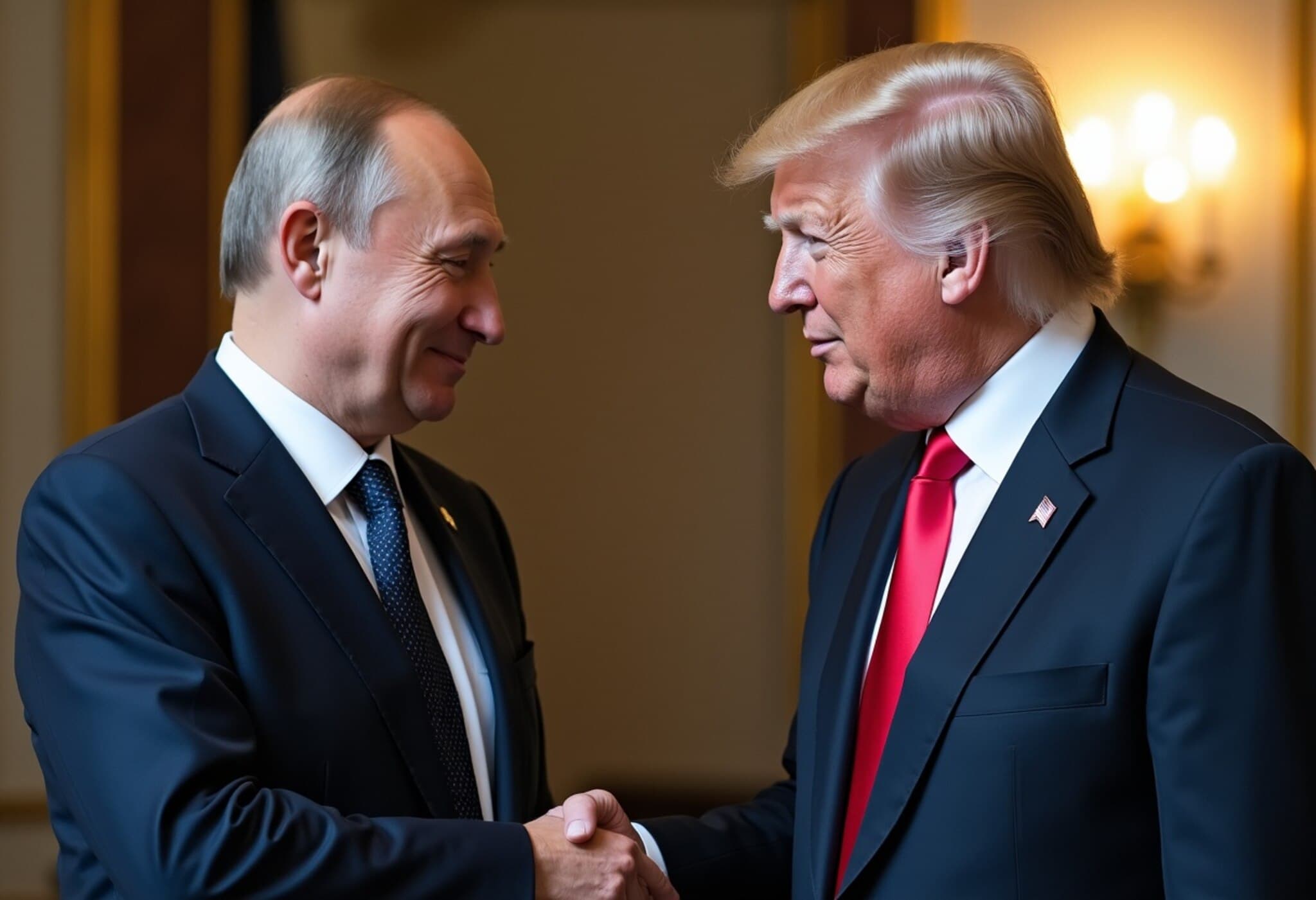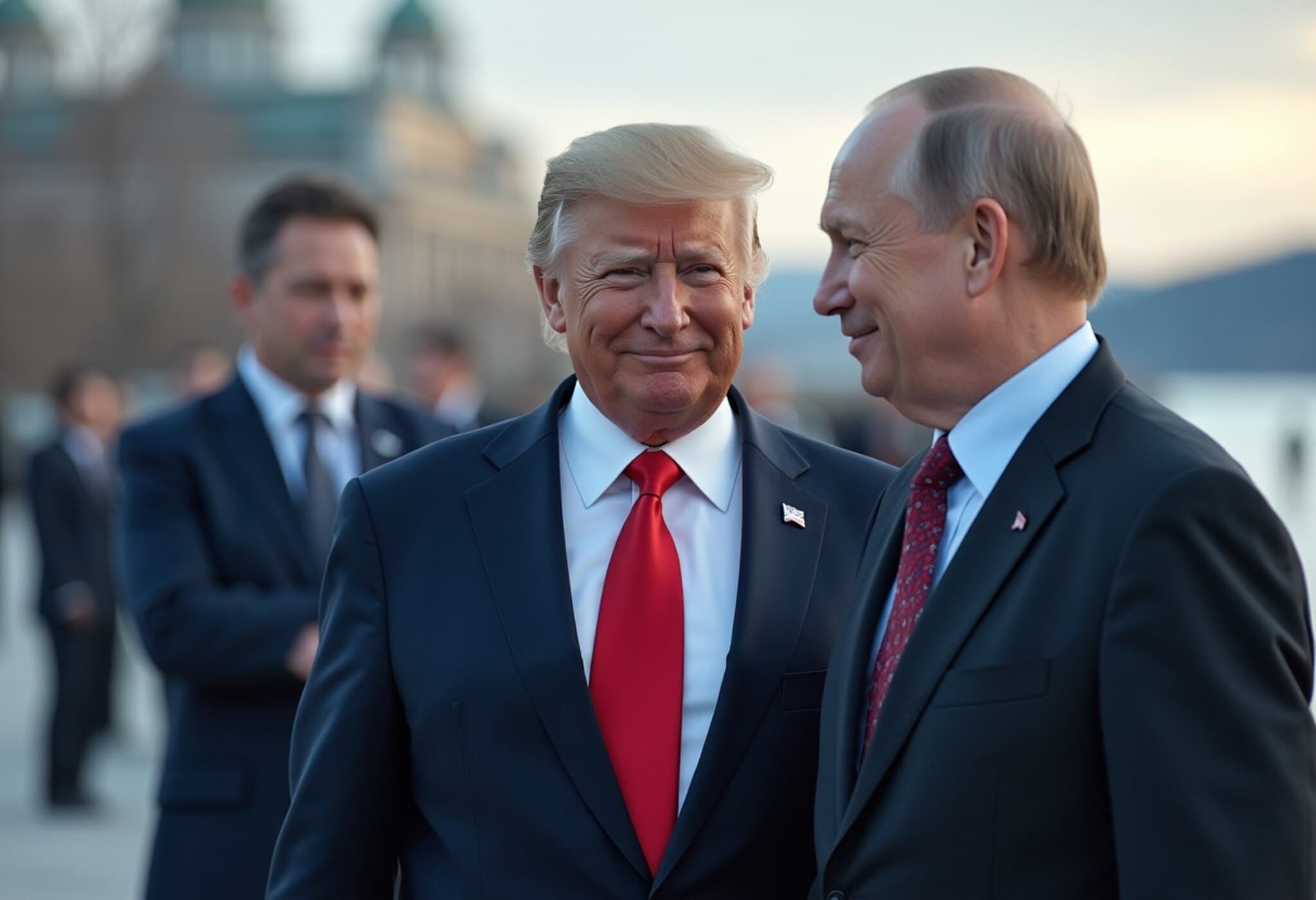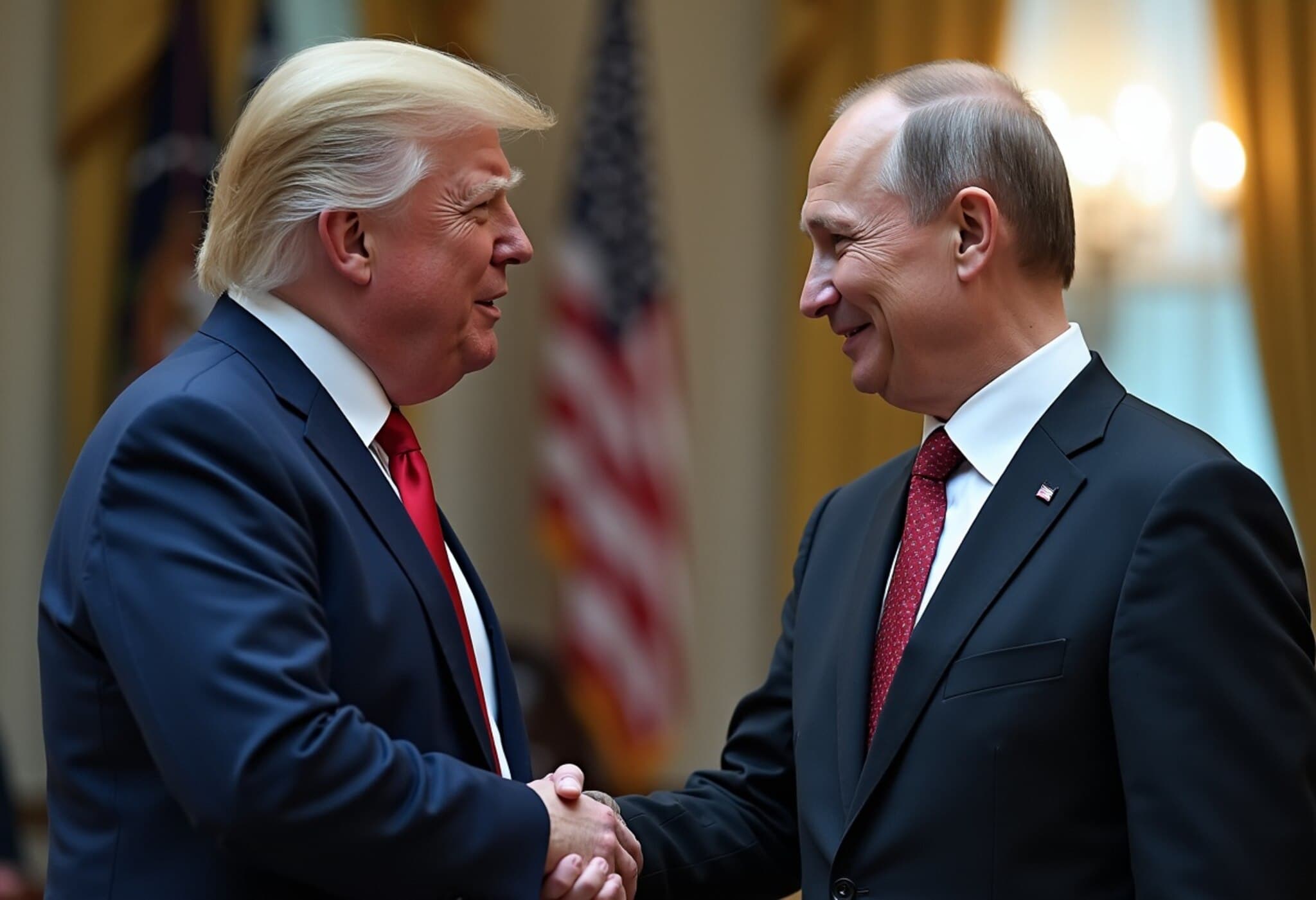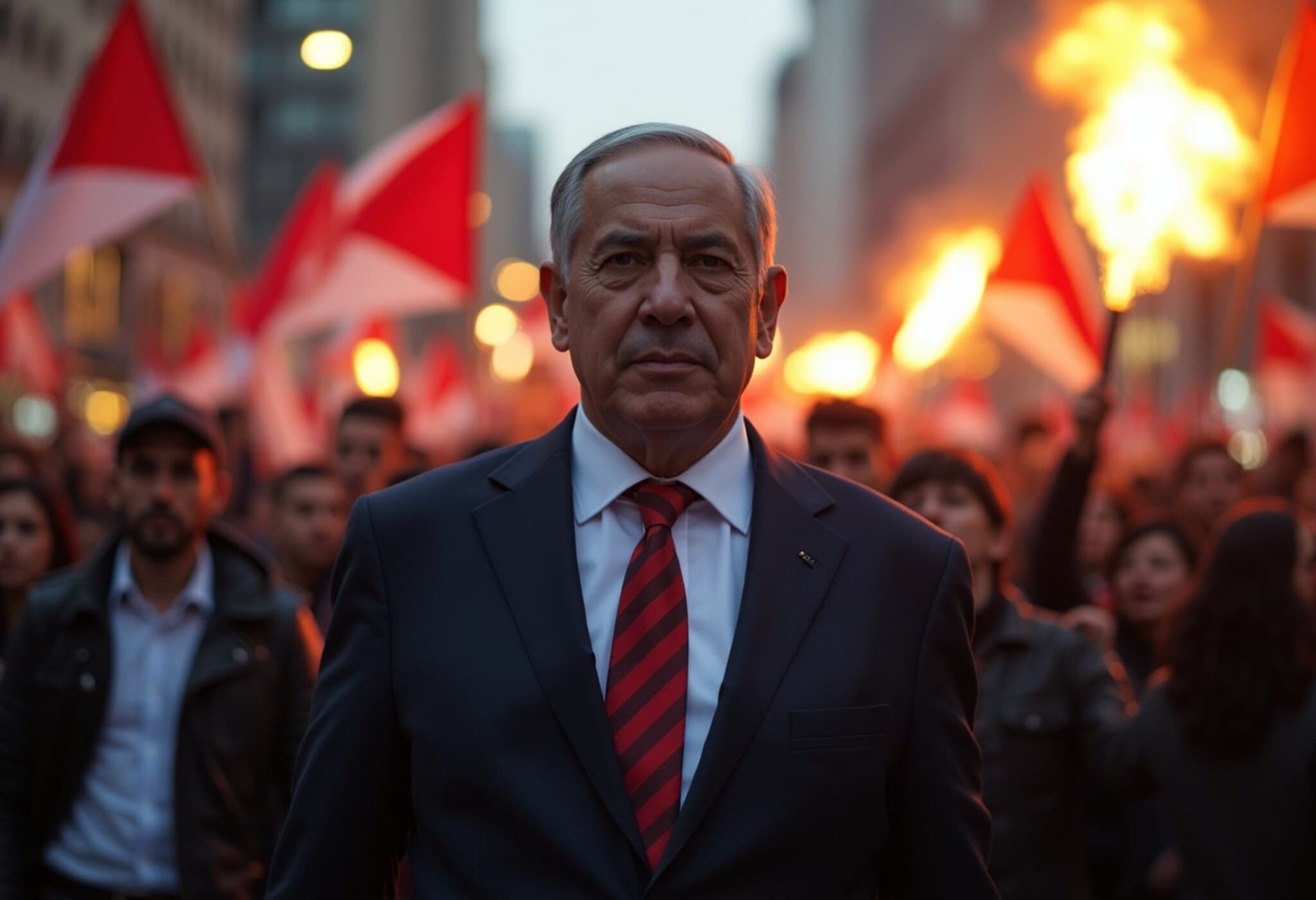Europe and Ukraine Advocate for Caution as Trump Prepares for Putin Peace Talks
As President Donald Trump gears up for his highly anticipated meeting with Russian President Vladimir Putin in Alaska on August 15, European and Ukrainian leaders are intensifying diplomatic efforts to influence the course of the ongoing conflict in Ukraine. The three-and-a-half-year war, which began with Russia’s incursion into Ukrainian territory in early 2022, remains one of Europe's most pressing geopolitical crises.
Trump's Announcement and Emerging Proposals
On August 8, President Trump announced plans to meet with Putin, suggesting that a peace agreement could be imminent. He hinted that the deal would involve "some swapping of territories to the betterment of both" countries. However, such proposals have sparked widespread concern among Ukraine and its European allies, who fear any territorial concession could embolden Russia to further aggression.
US Vice President JD Vance’s diplomatic push saw him convene with Ukrainian and European representatives in Britain on August 9. This meeting aimed to consolidate support for Trump’s peace agenda but also highlighted deep divisions among Western allies about how to proceed.
European Allies Demand Preconditions for Peace
According to reports from The Wall Street Journal, European officials presented a counter-proposal insisting on essential preconditions:
- A cease-fire must be fully implemented before any negotiations on territorial exchanges.
- Any land swaps must be reciprocal, accompanied by internationally binding security guarantees.
- Ukraine’s sovereignty and security must be central to any resolution.
One European negotiator emphasized, “You can’t start a process by ceding territory in the middle of fighting.” Yet, European officials contacted by Reuters declined to officially confirm these details, reflecting the delicate nature of ongoing talks.
Ukraine’s Firm Stance on Territorial Integrity
Ukrainian President Volodymyr Zelenskyy described the discussions as constructive but emphasized a key principle: “The path to peace for Ukraine should be determined together and only together with Ukraine.” He has consistently rejected any outright territorial concessions, stating, “Ukrainians will not give their land to the occupier.”
French President Emmanuel Macron echoed this sentiment, underscoring that Ukraine’s future cannot be decided without the participation of its people. Macron highlighted the shared security concerns of European nations and urged continued solidarity.
Trump’s Envoy Reports Progress Amid Skepticism
Since Trump's envoy Steve Witkoff visited Moscow, Zelenskyy and other Ukrainian officials have ramped up communications with allies to coordinate responses. Zelenskyy underscored the need for “clear steps” and maximum international cooperation to secure lasting peace.
Following the multilateral talks in Britain, Axios journalist Barak Ravid cited a US official claiming significant progress toward ending the war. However, the specifics remain unclear and the possibility of an enforceable, lasting agreement is still uncertain.
On-the-Ground Realities and Regional Stakes
The conflict continues to rage along a volatile 1,000-kilometer frontline. Russian forces control about a fifth of Ukrainian territory but have failed to secure decisive victories in their recent summer offensive. Ukrainian forces stubbornly hold parts of contested eastern and southern regions, including small penetrations into Russia’s Kursk region.
Russia claims four Ukrainian regions—Luhansk, Donetsk, Zaporizhzhia, Kherson—and the Crimean peninsula annexed in 2014. However, Moscow does not exercise full control over all contested areas and demands Ukraine withdraw troops from parts still under its command.
Expert Insight: A Fragile Moment for Peace
Tatiana Stanovaya, senior fellow at the Carnegie Russia Eurasia Center, views the current diplomatic push as the “first more or less realistic attempt to stop the war.” Yet, she remains deeply skeptical about implementation, warning that any agreement could prove devastating for Ukraine if it involves significant territorial concessions or weak guarantees.
Public Sentiment and National Resolve
Despite the diplomatic activity, the mood within Ukraine remains resolute. In Kyiv’s central square, hundreds of Ukrainian flags honor fallen soldiers, symbolizing national resilience. Olesia Petritska, a local resident, reflects the broader national sentiment: “Not a single serviceman will agree to cede territory or pull out troops from Ukrainian lands.”
What Lies Ahead?
The upcoming Trump-Putin meeting represents a pivotal moment in a conflict that has reshaped European security and global diplomacy. The international community watches closely as competing visions of peace confront harsh realities on the battlefield and deep-rooted mistrust amongst the parties involved.
The challenge ahead lies in balancing the urgent desire to end hostilities with safeguarding Ukraine’s sovereignty and the future stability of the region. How Western powers navigate this complex web of interests and principles may define not only Ukraine’s fate but the broader geopolitical order for years to come.
Editor's Note:
As peace talks gain momentum, critical questions remain: Can any territorial compromises be made without setting dangerous precedents? What role should Ukraine’s voice play in determining its own destiny? And how will the US and European alliances reconcile differing strategic priorities? This unfolding diplomatic chapter demands careful scrutiny from policymakers, experts, and citizens alike.

